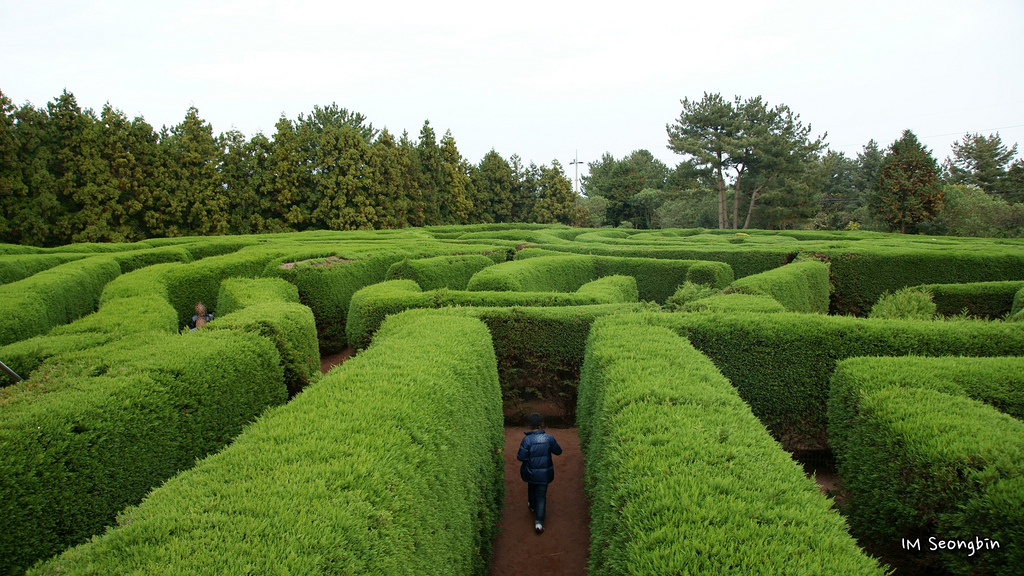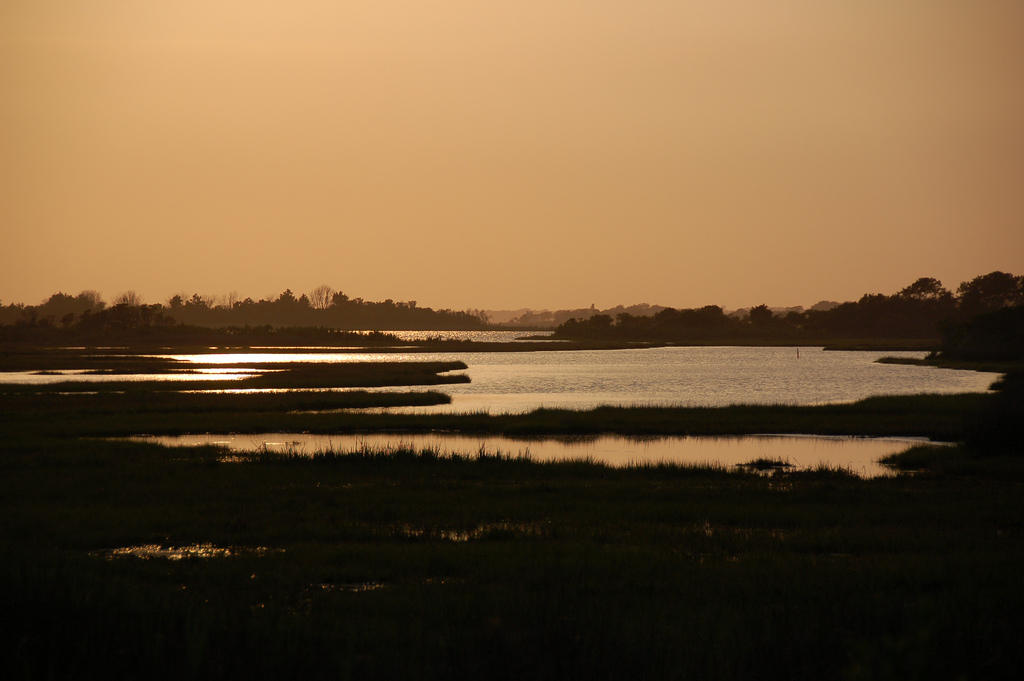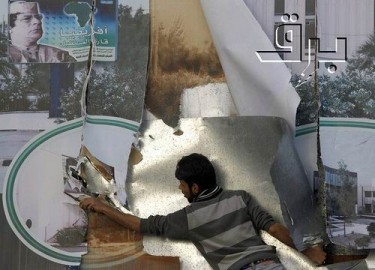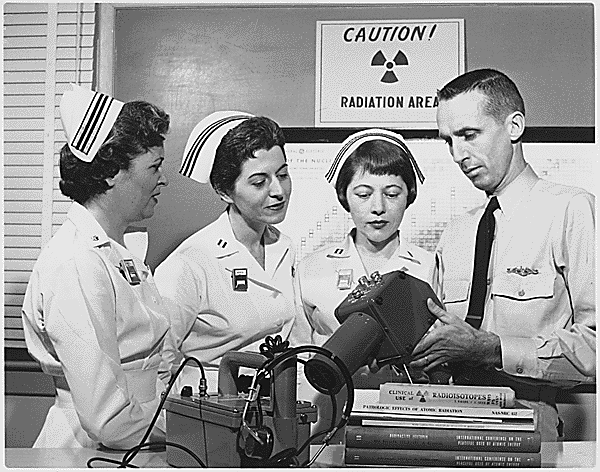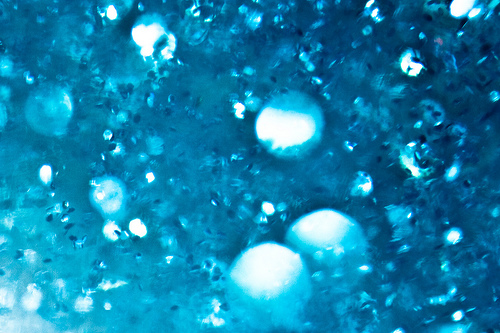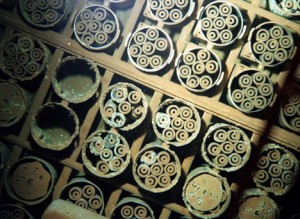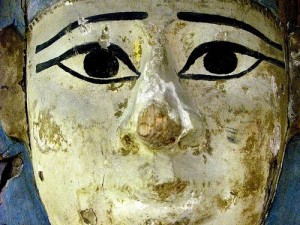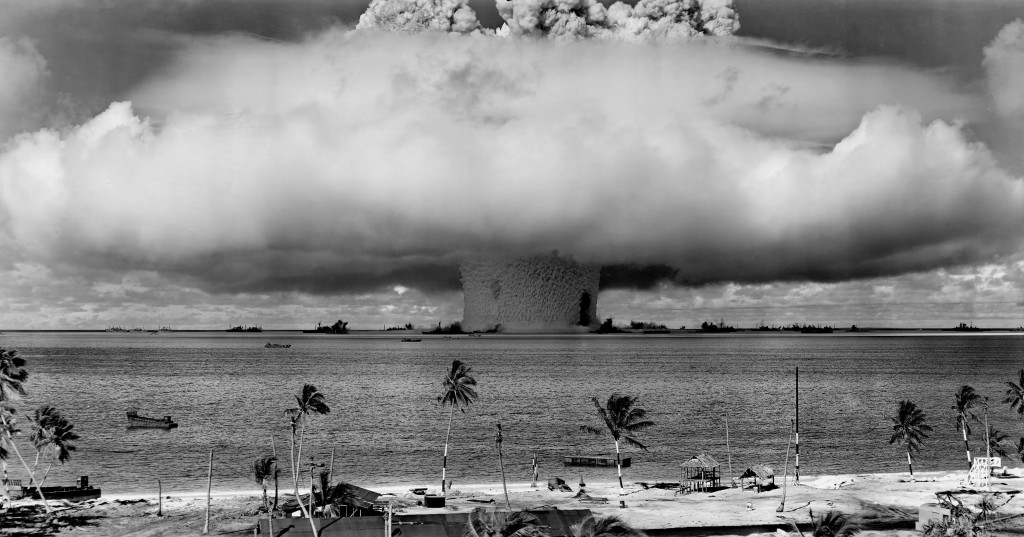I’m probably not the only one who has noticed a shift in the way we talk about health care these days. It’s no longer about patients taking the advice of their doctors. It’s about “consumers” making “choices” about care.
We’re shifting away from the old model of medicine, in which doctors guided medical decisions because they knew what was best for us. Nowadays we come to our doctor’s appointments armed with printouts from the Internet, try to understand the true risks and benefits of every procedure, and, supposedly, make our own informed decisions.
But the model of consumers and choice isn’t always a perfect fit for medicine, and the ongoing controversy over the Maine home birth study shows why. This month, the American Journal of Obstetrics and Gynecology will publish a series of six letters critiquing the study, released last year, that claimed to find that babies born at home were more likely to die than those born in hospitals. The journal also published the authors’ responses to the critiques.
